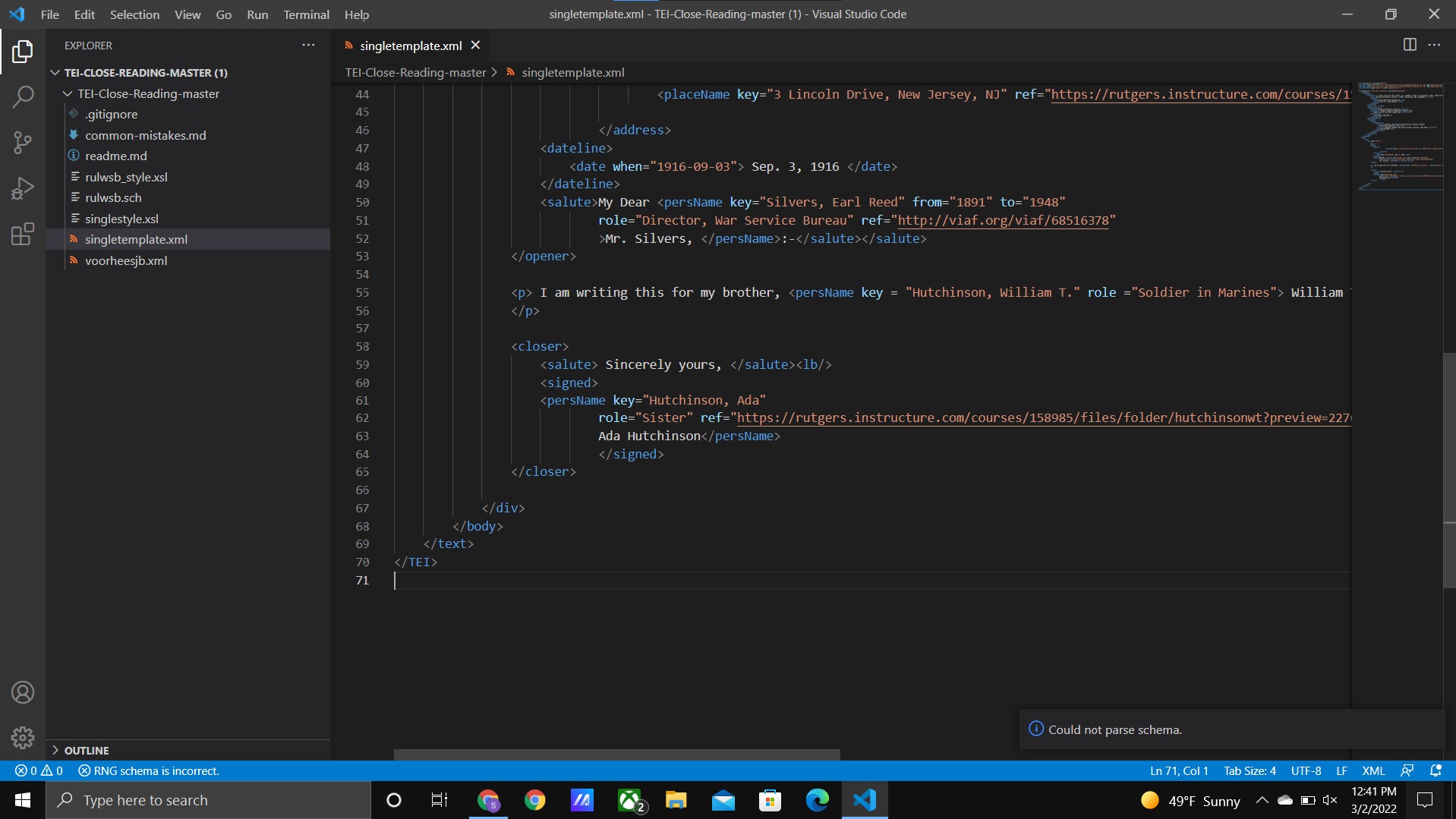Blog Post #2
The aim of the approach demonstrated in the lab is to learn how to read and analyze documents to create a hypothesis on why the document was written. Also, it shows how the data mining process is used to identify people, places, and times to keep a record of that data and it requires research into an alumni’s life, which includes their jobs and their birth and death dates. A pattern in these letters include the dates, and people and their relationships to each other. I find this process compelling because it’s a very efficient way of recording data through research and analysis of the letter. It allows the data to be explained thoroughly and it allows for people to have a digital view of this letter with other information relating to the letter. The thing that failed to go as I expected was the dates for William Hutchinson’s sister, which didn’t have a lot of information to find of her birth and death year so this makes the research difficult because not all data can be easily accessed on the internet. My findings relate to the reading because they include information on the places and people of the reading to give more background so the data becomes more clear. The image above shows the letter from Ada Hutchinson coded in XML to record the data and what makes the data significant. It also allows the reader to understand the meaning of the letter without decoding it.
